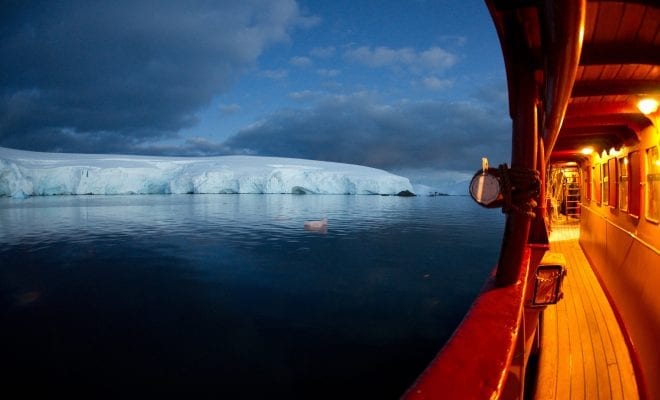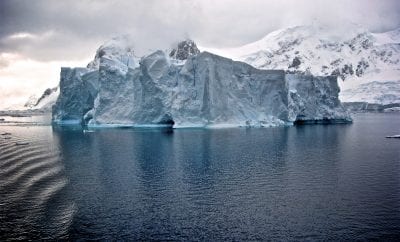
News
Scientists Make Alarming Discovery Underneath Antarctica’s Doomsday Glacier
A research team from Georgia Tech has detected a rush of unusually warm water deep beneath the Thwaites Glacier in Antarctica. Ominously nicknamed the “doomsday glacier,” it has earned the moniker for being one of the frozen continent’s fastest melting glaciers.
Researchers measured the waters at the ground line, where the glacier meets the sea and found temperatures to be 2 degrees above normal freezing temperature. Despite seeming trivial, warm temperatures in this region of the world spell out a major warning for how climate change is affecting the planet.
David Holland, director of New York University’s Environmental Fluid Dynamics Laboratory and NYU Abu Dhabi’s Center for Global Sea Level Change, which conducted the research, said: “If these waters are causing glacier melt in Antarctica, resulting changes in sea level would be felt in more inhabited parts of the world.”
The Thwaites Glacier is the most vulnerable in Antarctica, and its collapse could cause a devastating chain of events that would lead to an increase in sea levels up to 10 feet. A rise of this magnitude would be catastrophic for coast-dwelling people, and would result in massive impacts on a global scale.
Thwaits and another large glacier, the Pine Island Glacier, make up a significant portion of the West Antarctic Ice Sheet. With warm water swirling beneath each, both are at risk of continuous melting. If they were to break off completely and be cast out to the sea, it would result in sea levels rising dramatically, completely drowning many coastal cities.
“The fact that such warm water was just now recorded by our team along a section of Thwaites grounding zone where we have known the glacier is melting suggests that it may be undergoing an unstoppable retreat that has huge implications for global sea-level rise,” explains Holland, a professor at NYU’s Courant Institute of Mathematical Sciences.
While we still do not know how fast the glacier will melt, this discovery serves as a troubling sign of how fragile the Western Antarctic ice sheet is. In the decades to come, scientists will need to continually monitor the status of these glaciers to see the progression of climate change and its effect on rising sea levels.





3 Comments